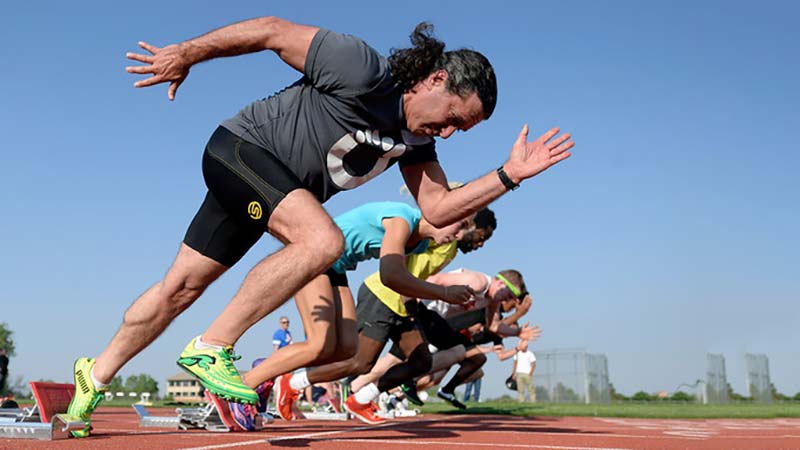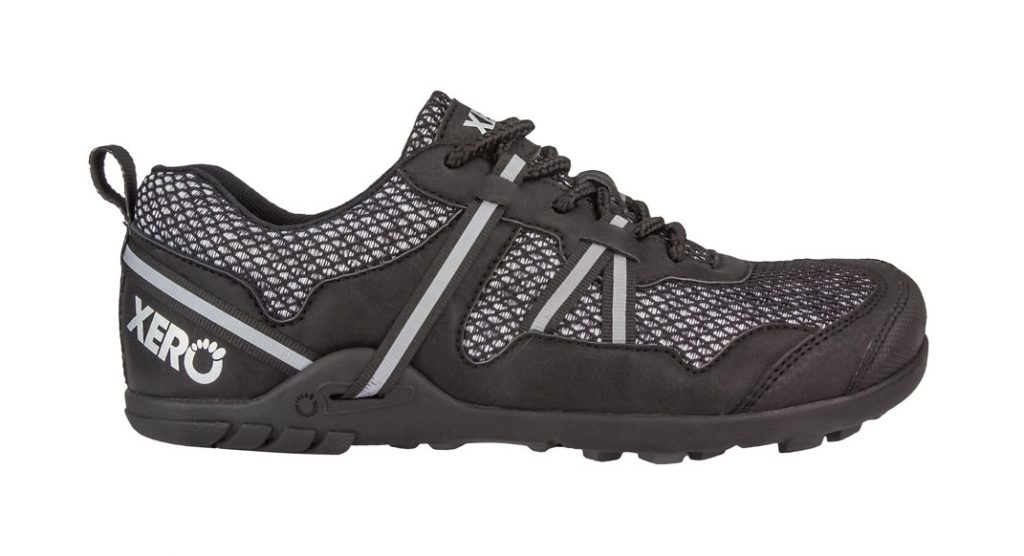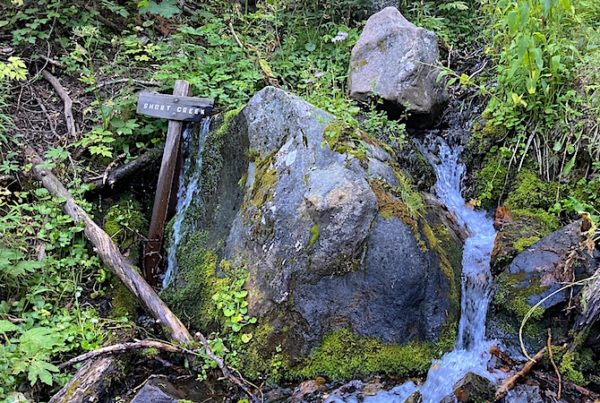
Footwear innovator and sprinter Steven Shashen makes strides with minimalist footwear line.
At the age of 56, Steven Sashen can run the 100-meter dash in the 12-second range, placing him among the top-20 U.S. masters sprinters in his age group. He’s also the CEO and co-founder of one of the most successful minimalist active footwear companies in the world.
About nine years ago Steven was down to his last month of savings when he had the idea for a do-it-yourself sandal company. On almost a whim he built a website to sell a package that included rubber sole material from a shoe repair supply, and some nylon straps from a local hardware store.
The idea was an almost overnight success.
Steven says the inspiration came after he tried running barefoot as a possible cure for the almost constant injuries he was sustaining after returning to sprinting at age 45 following a 30-year break.
“Before my first barefoot running experience I’d never run anything more than a mile,” says Steven, a resident of Boulder, Colorado. “I was so enthralled with the experience of having my feet feel the ground that I ended up going over three miles on roads, trails, grass and sidewalks.”
When he finished the run he felt great except he had a huge blister on the ball of one foot. It made him question why that same side of his body was always injured. The only answer that made sense was that it had something to do with his form, but that shoes masked the feedback he needed to unravel that. He began to think that if he could find some way to run that didn’t hurt, that would mean his form was better, and less conducive to injury.
His barefoot running experience also gave him a greater appreciation for running efficiency and foot function, and how most conventional running shoes are counter-productive to proper form. He says the first few minutes of his post-blister barefoot run were excruciating as his body tried to adjust back to its natural gait. “After 9:30 of agony, my form changed and I stopped overstriding, applying braking forces with each step, and scraping my feet along the ground.”
Steven had read about barefoot running and the dangers of modern running shoes in Dr. Phil Maffetone’s books, and he’d also read about the Tarahumara Indians of Mexico’s Copper Canyon — and their huaraches — in Christopher McDougall’s “Born to Run.” Between the two concepts an idea began to take shape.
“I wanted that barefoot experience as often as I could have it,” he says.
So he decided to make a test pair of huaraches for his wife Lena and himself. This led to other barefoot runners asking for a pair, and even a sandal-making party at the University of Colorado campus. Eventually Michael Sandler, author of Barefoot Running and founder of the Barefoot Running Club, suggested he make a business out of his new hobby.
This was when Steven had his “aha” moment and created the original Xero website. “Within six weeks this was our full-time job,” he says.
For three and a half years Xero operated strictly as a DIY sandal company, until a partnership with former Crocs designer Dennis Driscoll led to a line of ready-to-wear sandals and closed-toe shoes.
Today Xero Shoes has sold more that 45,000 of its DIY sandal kits and become a force in the natural footwear industry. In addition to its line of activewear sandals, Xero also offers minimalist athletic and casual shoes, and hiking boots.
Recently Steven and Xero Shoes collaborated with Dr. Maffetone, Dr. Mark Cucuzzella and three others to produce the free e-book How To Treat Your Plantar Fasciitis Naturally. In addition, Xero is one of a very few products publicly approved by Dr. Maffetone.
“They are the best of the minimalist shoes and the only ones I wear,” says Dr. Maffetone. “I’ve been using three models of them, and they all work great for my favorite activities — running, hiking, working, hanging out, playing music.”

Review: Xero Terraflex
I greeted the arrival of my Xero Terraflex shoes with the healthy skepticism I’d developed from wearing other so-called minimalist running shoes. It seems they rarely fail to disappoint me in some way.
From the start, however, the TerraFlex proved to be different.
In a long list of brands and models of minimal shoes I’d experienced all sorts of problems ranging from radically curved backstays and toe boxes pointier than cowboy boots, to paper-thin forefoot protection and over-supported soles that were too thick and could hardly be called “minimal” at all.
I live in the Colorado mountains and run long distances on very challenging and rocky terrain. So for me a minimal shoe needs to be low to the ground and allow for natural movement over high-altitude topography. At the same time, the shoe needs to provide adequate protection from the environment. In fact, last year I had to have a hematoma drained in my forefoot after a rock stuck me through the sole of one popular minimalist model.
From the moment I laced up the Xero TerraFlex, I realized these shoes were very different. Of all the minimal-type shoes I’ve tried they seem to have the most sole protection with the least amount of material between the feet and the ground — and the most flexibility. I rarely get poked through their bottoms by smaller rocks and gravel, thanks to an embedded 3mm of Barefoam™ in the sole. However, this protection still allows for a natural sense of “foot-feel” while running.
When the shoes arrived I was nursing an ankle problem. Within just a few days of wearing the TerraFlex I experienced noticeable improvement, assumably from strengthening of the foot and ankle aided by a more natural gait and movement.
The shoes obviously have a zero-drop heel-to-toe sole. I appreciate they can be worn with or without the thin insoles provided, and without socks. The upper material seems more durable than other shoe brands and is suitable for a variety of outdoor activities. The outsole comes with a 5,000-mile warranty.
The shoes are light with a size 9 weighing only 9.6 ounces.
I’ve now run and hiked many miles in the TerraFlex on everything from dirt roads to very rugged trails. I’ve also wore them mountain-biking with flat pedals, and while building a deck and doing outdoor strength-training activities such as stacking hay. I wear them around casually with jeans, too.
But let’s be clear, the TerraFlex is first and foremost a trail-running and hiking shoe suitable for use on rugged terrain. I highly recommend them, and at $99 they are among the most affordable high-end shoes out there.
Go to the Xero website for further information on the Terraflex shoe.








